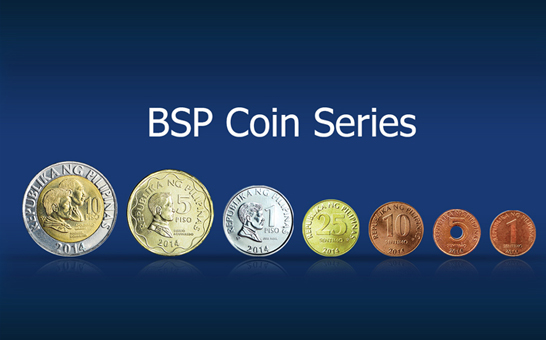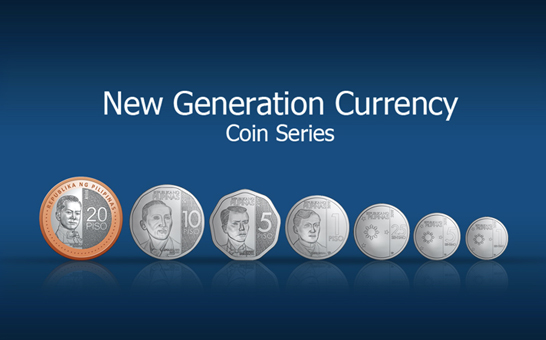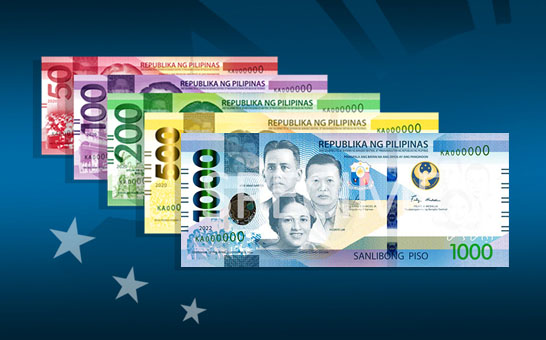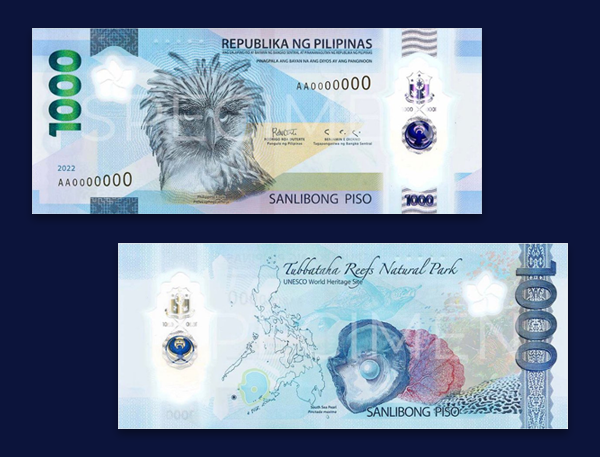History and current situation about coins and banknotes of the Philippines
The Philippines has a rich history when it comes to coins and banknotes, reflecting the country’s diverse cultural influences and economic developments. Here’s an overview of the history and current situation:
History:
- Spanish Colonial Era (1521-1898):
- The Philippines was a Spanish colony for over 300 years, and during this time, various forms of currency were used, including coins called “real” and “cuarto.”
- American Period (1898-1946):
- With the cession of the Philippines to the United States after the Spanish-American War, the U.S. introduced the Philippine peso as the official currency. This period saw the issuance of U.S. Philippine coins and banknotes.
- Japanese Occupation (1942-1945):
- During World War II, the Japanese occupation led to the issuance of Japanese-sponsored banknotes known as “Mickey Mouse money.”
- Post-World War II Independence (1946-1967):
- The Republic of the Philippines was established, and it continued to use the peso. Coins and banknotes were issued with symbols of the newly independent nation.
- Martial Law Era (1972-1986):
- The regime of President Ferdinand Marcos saw the introduction of the New Design Series banknotes in 1985, which featured security features to deter counterfeiting.
- Post-Marcos Era (1986-Present):
- The People Power Revolution in 1986 marked the end of the Marcos regime. Since then, the Bangko Sentral ng Pilipinas (BSP) has been responsible for issuing coins and banknotes.
Current Situation:
- Currency:
- The official currency is the Philippine Peso (PHP), and coins and banknotes are issued by the Bangko Sentral ng Pilipinas (BSP).
- Coins:
- Commonly used coins include denominations of 1, 5, and 10 pesos. Smaller denominations such as 25 and 50 centavos are also in circulation.
- Banknotes:
- Banknotes come in denominations of 20, 50, 100, 200, 500, and 1,000 pesos. The design of the banknotes reflects various aspects of Philippine culture, history, and natural resources.
- Security Features:
- Modern banknotes are equipped with security features to prevent counterfeiting, including holographic foils, security threads, and advanced printing technologies.
- Commemorative and Limited Editions:
- The BSP occasionally issues commemorative and limited edition coins and banknotes to celebrate significant events or honor notable figures in Philippine history.
- Digital Currency Exploration:
- In recent years, there has been global interest in digital currencies, and the Philippines has also been exploring the potential use of digital or central bank-issued currencies.
Overall, the history of coins and banknotes in the Philippines reflects the country’s economic and political evolution, and the current situation sees a modern and secure currency system managed by the Bangko Sentral ng Pilipinas.







